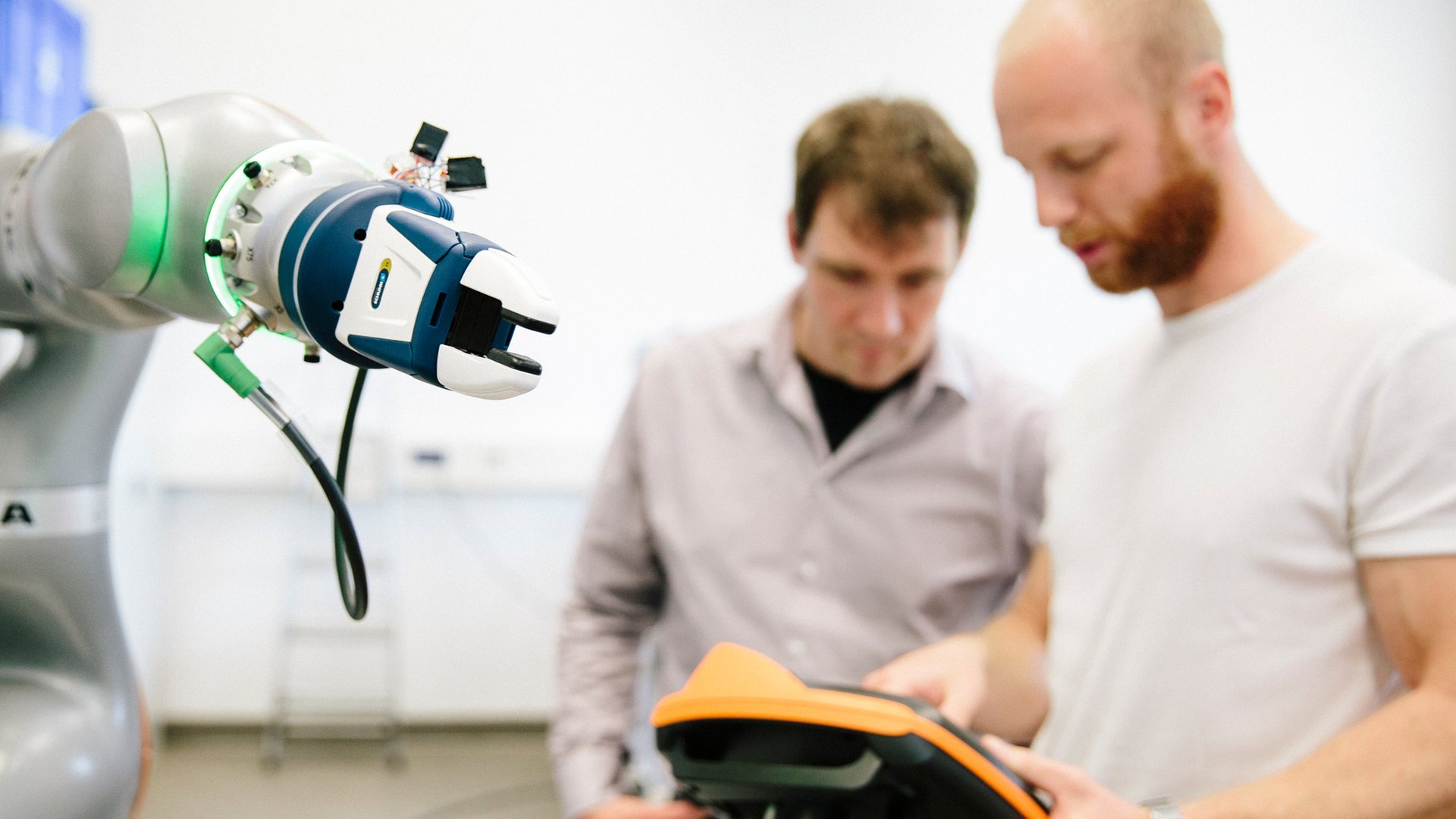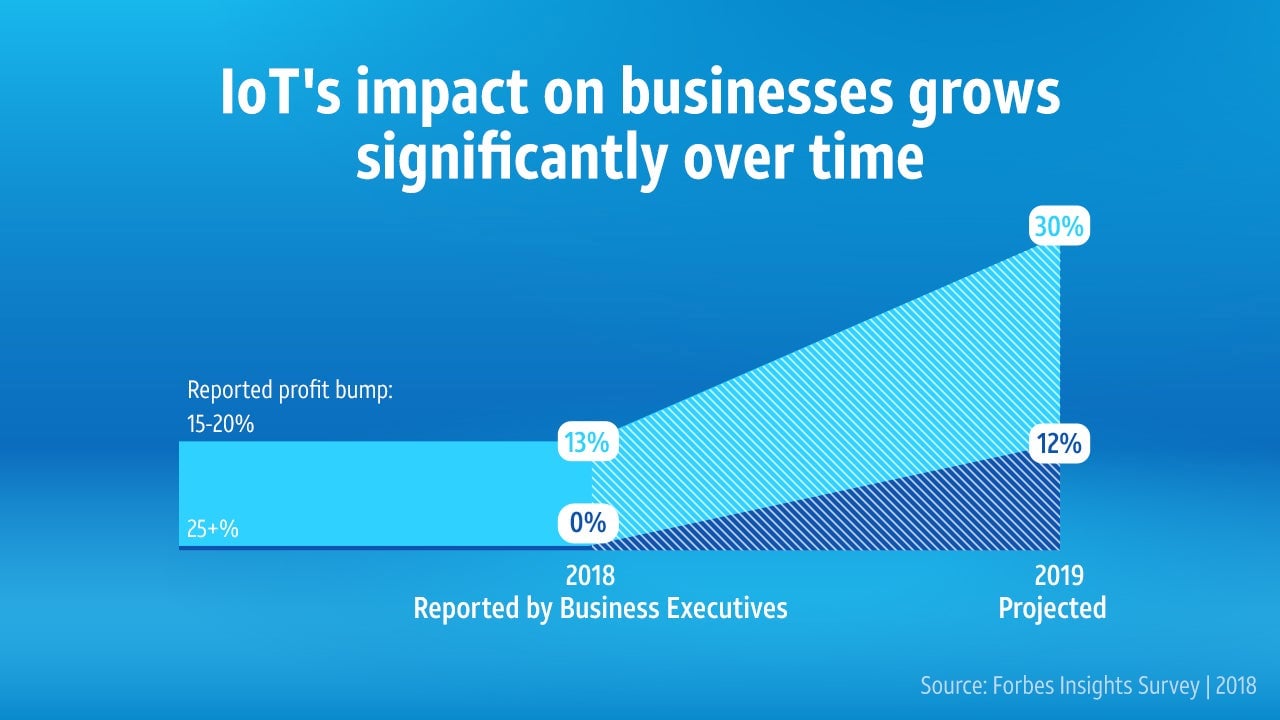When to take your midsize business’ IoT management to the next level
Imagine a bustling city block. There’s a boutique florist with a print shop on one side and a hardware store on the other. Across the street, a trendy pizza franchise entices customers to wander in for a slice or place a delivery order via mobile app.


Imagine a bustling city block. There’s a boutique florist with a print shop on one side and a hardware store on the other. Across the street, a trendy pizza franchise entices customers to wander in for a slice or place a delivery order via mobile app.
Though each of these midsize businesses operates in distinct industries, they have one thing in common: They use the Internet of Things (IoT) to streamline operations. The florist, for instance, keeps its flowers fresh via smart fleet monitoring, halving the time its delicate plants are in transit. The pizzeria uses IoT-connected, location-specific systems to optimize order deliveries. Even the print shop uses IoT to monitor and automatically adjust their machines, reducing downtime and making them more efficient. All these use cases translate to a rise in popularity for smart devices. In IDC’s Worldwide SMB 2019 Predictions, it’s forecasted that by 2021, the integration of on-premises and cloud resources will be a top spending priority for half of SMBs.
IoT makes it easier for midsize companies to reach customers and enhance services—an invaluable competitive advantage. But as multiple IoT systems become core to organizations’ logistics, it’s important that these connected platforms work in tandem. For many companies, an indicator that they should update their IoT systems is when the manual collection and synthesis of data slows down their processes and disrupts their long-term strategy. In this case, a more streamlined IoT management platform is worth considering.Products like AT&T Asset Management and Vehicle Solutions help companies proactively manage their IoT-fueled growth. Here are a few signals it’s time to upgrade and the solutions to deploy.

Three signs it’s time to consider IoT management
Dedicated IoT management helps midsize businesses to efficiently master transportation planning, cut costs, collect detailed business insights, and track employee productivity. It also helps companies optimize the benefits of their smart systems. These are the signs that you should consider a single solution.
🔍 You’ve recently installed a number of IoT products to manage your supply chain—but individual systems remain siloed.
🔍 Multiple sources of data result in increased friction across workstreams.
🔍 Employees use IoT solutions to streamline logistics, but they need to pull data from many different sources in order to collaborate across teams.
Take your IoT efforts to the next stage
Before IoT technology can make a meaningful impact, it first must be holistically integrated into your workflow. IoT systems should be intuitive and accessible. Here are a few guidelines to keep in mind when upgrading your IoT management solution.
💻 Look for a standardized platform that offers menu-based pricing and user-friendly, cloud-based resources.
💻 Give IoT systems sufficient time to prove they work.
💻 Consolidate data into a single source.
IoT is foundational to many midsize companies’ technology stack—and a single, hosted solution can help growing businesses manage their IoT-infused data streams. A knowledgeable consultant takes the pressure off IT teams and improves efficiency. AT&T Business offers Managed Services to assist with holistic IoT integration and training, showing companies how to transform their current systems into a single, hosted solution that employees at all levels can easily navigate.